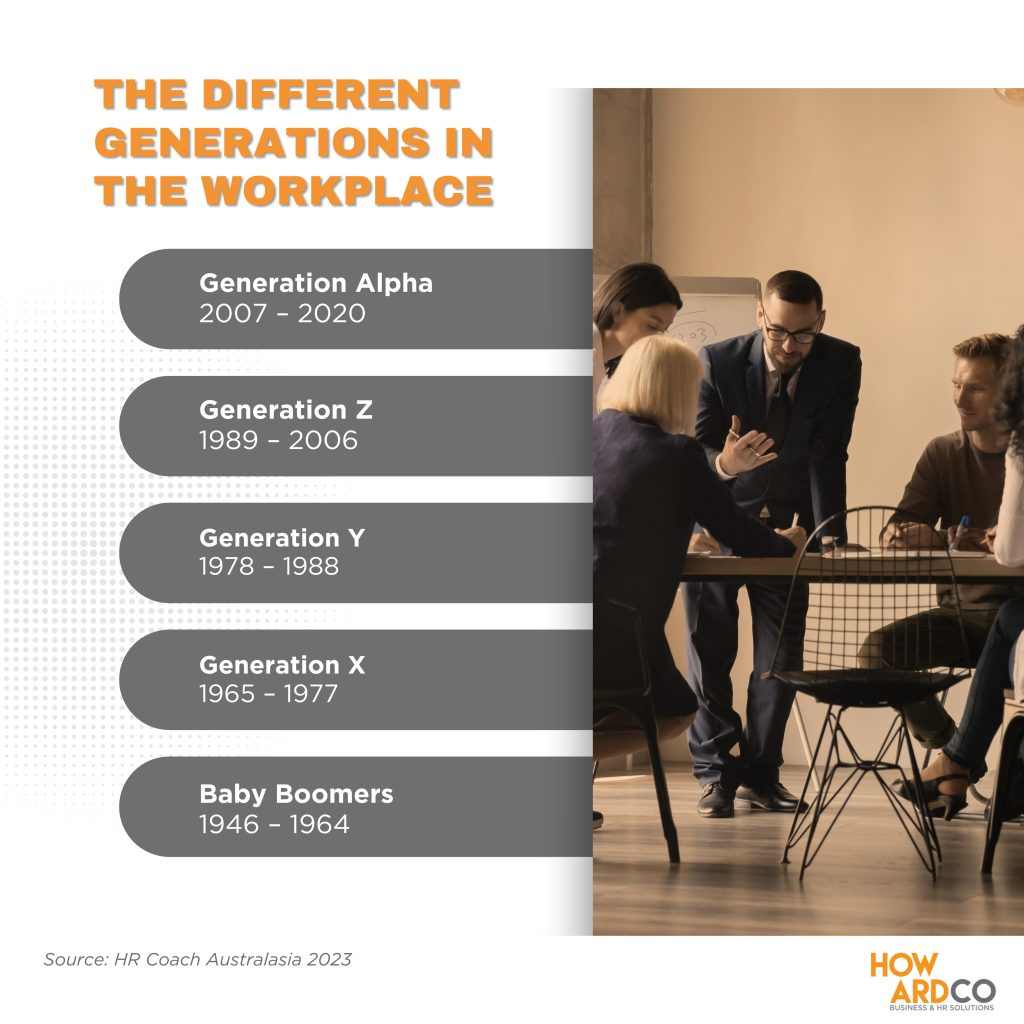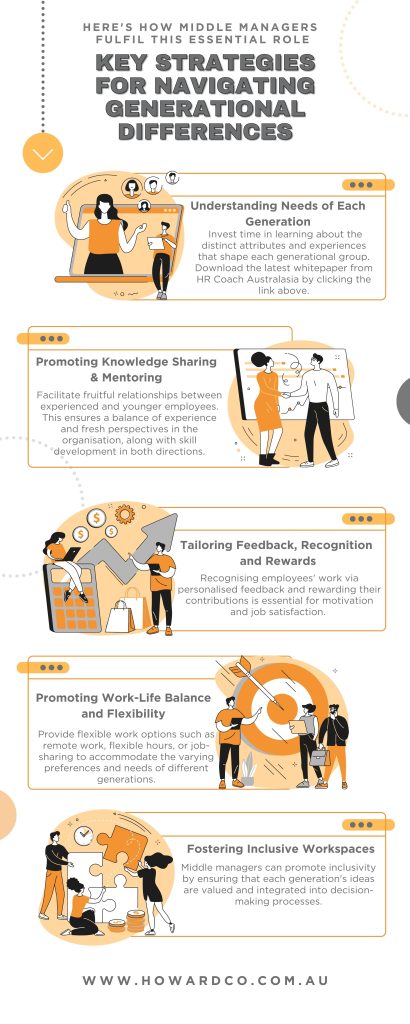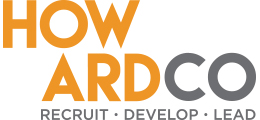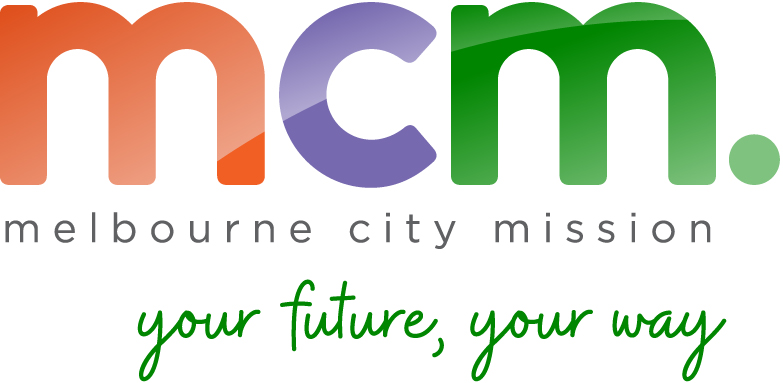What makes middle managers effective leaders in 2023?
Maybe Pizza was enough…
I have been fortunate in my career to have had a variety of management and leadership opportunities. My early career was forged in the Oil Industry with BP Australia as a Graduate when I got my first taste of what it was like to lead a team.
The call came late on a Friday when I was told the Manager of the Accounts Payable team was going on leave and would I ‘like’ to look after the department while they were away.
I was not sure if that was a request or a directive, but I took the chance and said yes (note: I studied Economics at Uni but chose to avoid the Accounting subjects (far too dry!) maybe this was payback).
Come Monday, I faced my first challenge! The Accounts Payable team, a diverse mix of individuals from different generations and backgrounds, was struggling. It turned out that in their haste to go on leave, the team leader had ‘overlooked’ a crucial end-of-month deadline that was now overdue.
While some members were highly experienced with established routines, others were still learning the ropes. As a relative newcomer, I had a very limited understanding of their roles and motivations.
To get the job done, the Supervisor suggested working overtime that night, but some team members were not too keen. Some had family responsibilities and preferred to spend time with their loved ones, while others had personal hobbies or social engagements they didn’t want to miss.
Faced with this situation and the urgency to complete the project, I asked the Supervisor how I could help. He replied (perhaps sarcastically, I’m not sure), “Maybe you could bring the pizzas.”
Well, I decided this was something I could do and set about taking the orders and letting the team know that at 7 o’clock dinner would be served. Was it enough? Well, they all worked back and got the job done. I lent a hand where I could, and we had a bit of fun too. I had a TV brought in as it seemed some of them had a favourite show they liked to watch on a Monday as well.
This experience taught me about the invaluable role of managers. They don’t just lead teams; they are the critical link between strategy and execution. Sometimes leadership can be as simple as assessing the situation and identifying where you can add value, as well as understanding what motivates different types of people.
Now the question is: How can you add value to the work of your middle managers so that they can bring out the best in their people? If you’re unsure, read on!
Welcome to our monthly newsletter, where you will find insights and solutions to empower your Middle Managers by embracing generational diversity. And there is a surprising revelation about the differences in generational needs.
BRIDGING THE GAP: GETTING TO KNOW EACH GENERATION AT WORK
Generational Diversity refers to the coexistence of individuals from different age groups in the workplace. In today’s fast-changing and diverse working environment, we have a unique situation where up to five generations may be represented. From the tech-savvy Alphas to seasoned Baby Boomers, each demographic brings unique strengths, perspectives, and goals to enrich our workplaces.

As middle managers are the crucial bridge between senior leadership and frontline workers, it is imperative for them to understand the different characteristics of their team. Exploring generational diversity goes beyond age differences, and has the following benefits for informed managers:
Effective Communication: Research shows that poor communication contributed to 49% of workers experiencing decreased productivity, and nearly 50% reporting reduced job satisfaction. Managers need to understand each group’s communication styles and preferences to ensure their messages are translated into actionable plans.
Retaining Top Talent: One in two people leave a job due to a ‘bad manager,’ therefore, middle managers must be versatile in their leadership style to effectively engage with their multigenerational teams. E.g., Baby Boomers may value a more traditional and structured style, while Generation X may prefer a results-driven and hands-off approach. Thus, it helps in retaining top talent and fostering a positive workplace.
Innovation and Creativity: Generational diversity can be a game-changer for organisations seeking to differentiate themselves in the market. Embracing diversity of ideas and viewpoints in the workplace fosters a culture of innovation and creativity, enabling their organisation to stay ahead of the competition and adapt to evolving market demands.
To put it simply, understanding age groups in the workplace is a foundation for boosting productivity, lowering turnover, and improving competitiveness. An inclusive, engaged, and forward-thinking organisation equips middle managers with an awareness of generational differences, and an ability to address satisfiers and dis-satisfiers in the workplace.
SATISFIERS AND DIS-SATISFIERS ACROSS GENERATIONS: DO THEY VARY IN 2023?
Satisfiers and dis-satisfiers at work are factors that affect a worker’s job satisfaction and well-being. Satisfiers also referred to as motivating factors, are the elements that make employees happy and engaged. They can be in the form of feeling trusted, opportunities for flexible work and career advancement, accountability, and so on.
Dis-satisfiers or hygiene factors, on the other hand, are negative aspects that can lead to frustration at work, lower productivity, and higher turnover if not addressed. Examples of dis-satisfiers include inadequate compensation, poor communication, and lack of support or recognition from management.
According to some resources, different generations have different expectations. Surprisingly, recent research findings from HR Coach Australasia, a leading HR company and training agency, revealed remarkable commonalities in both the satisfiers and dis-satisfiers across nearly all ages. This presents middle managers with a unique opportunity to create a unified and fulfilling work environment that caters to and gets the best out of employees from different generations.
THE ROLE OF MIDDLE MANAGERS IN NAVIGATING GENERATIONAL DIFFERENCES
Amidst a challenging economic landscape, many SME leaders had to make the tough call on downsizing. And this often involved reducing middle management.
However, investing in middle managers pays off—literally. This was highlighted in a recent McKinsey article that discussed the pivotal role these leaders play in driving organisational success. Top-performing middle managers have a significant impact on a company’s profitability, productivity, employee retention, and innovation. Apart from that, they can serve as catalysts for closing generational gaps.

ENHANCING LEADERSHIP IMPACT: EVERYTHING DISC® MANAGEMENT PROGRAM
Understanding and addressing generational differences in the workplace is crucial for an inclusive and engaged organisation. As an SME leader, investing in your middle managers brings significant long-term benefits. Their vital role in bridging generational gaps and driving success makes them indispensable assets, ensuring your business thrives in a dynamic landscape.
To unlock your middle managers’ full potential, I recommend exploring our Everything DiSC® Management program. This comprehensive training initiative equips your leaders with invaluable insights into their unique management styles, effective directing and delegating strategies, and techniques for motivating and developing their teams.
And just like bringing pizzas helped me to create a positive work environment, taking this step can elevate your organisation’s performance and foster a culture of collaboration and growth.
You’re one call away from revolutionising your middle managers’ leadership style and amplifying the impact they can have on your business’s performance.


















